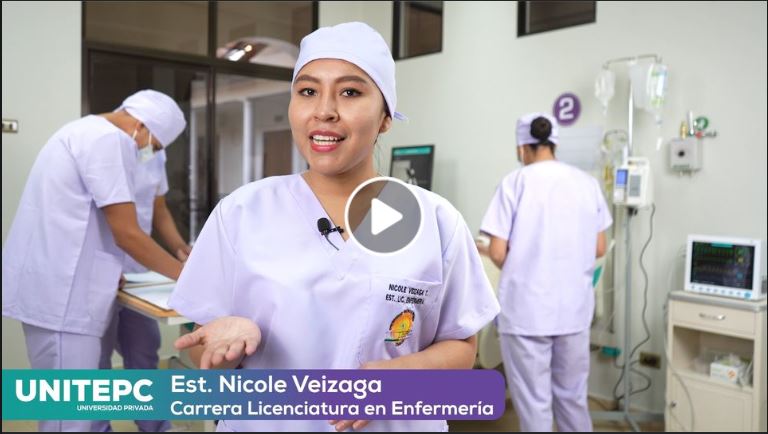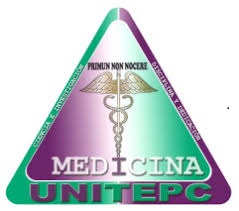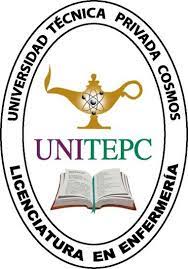Colonização do Aedes aegypti na Região Metropolitana de Cochabamba.
DOI:
https://doi.org/10.36716/unitepc.v11i1.1.40Palavras-chave:
Aedes aegypti, Dengue, Prevenção de Doenças, Fatores de Risco.Resumo
Introdução: O Aedes aegypti transmite doenças graves como dengue, zika, chikungunya e febre-amarela, representando uma ameaça significativa à saúde pública. Em Cochabamba, Bolívia, sua proliferação é favorecida pelo clima e pela urbanização. Estudar sua colonização é crucial para desenvolver estratégias eficazes de controle e prevenção. Metodologia: Para revisar a colonização do Aedes aegypti em Cochabamba, foram utilizadas bases de dados como Scielo, PubMed e Google Scholar. Estudos relevantes foram selecionados usando palavras-chave como "Aedes aegypti", "Cochabamba" e "saúde pública". O Zotero foi utilizado para organizar as referências. Foi realizada uma análise qualitativa e sistemática dos achados. Desenvolvimento: O Aedes aegypti é um mosquito pequeno, identificado por suas marcas brancas nas patas e uma marca em forma de lira no tórax. Prefere áreas urbanas com água estagnada para depositar seus ovos. Seu ciclo de vida inclui as fases de ovo, larva, pupa e adulto, completando-se em 8 a 10 dias. A presença do mosquito em Cochabamba é documentada desde a década de 1980, com uma expansão associada à densidade populacional e à disponibilidade de habitats adequados. As estratégias de controle incluem campanhas de educação pública, uso de inseticidas e vigilância entomológica. Discussão: Os estudos sobre a colonização do Aedes aegypti em Cochabamba mostram sua adaptação a novas altitudes e áreas urbanas, influenciada por variações climáticas e urbanização desordenada. Fatores como a escassez de água e o armazenamento inadequado facilitam sua proliferação. Recomenda-se intensificar a educação pública e a participação comunitária para eliminar criadouros.
Downloads
Downloads
Publicado
Como Citar
Edição
Seção
Licença

Este trabalho está licenciado sob uma licença Creative Commons Attribution-NonCommercial 4.0 International License.










